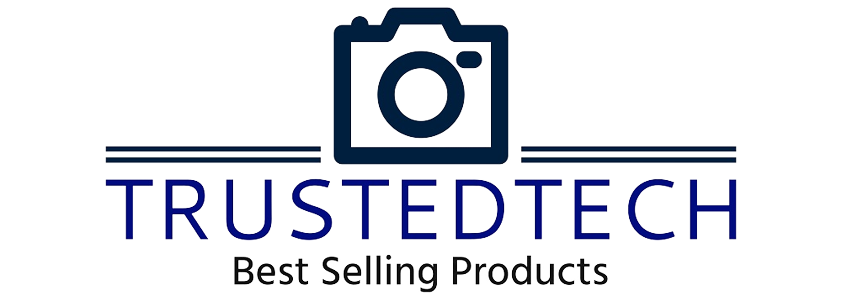
[ad_1]
The Wi-Fi World Congress and Expo is coming to Canada for the first time, this September 18 – 20 in Toronto. featuring top Canadian speakers, companies and experts along with industry leaders, entrepreneurs, and innovators from the global Wi-Fi industry.
The tech event explores what’s called massive innovation and opportunity in the 6 GHz Wi-Fi space. In the home, for the enterprise, connecting devices on the go, the new Wi-Fi standards deliver faster speeds with reduced latency, suffering less interference from other signals along the way, enabling a suite of new products and services.
What’s more, Wi-Fi is seen as a socio-economic imperative and a fundamental right that underpins social and economic progress around the world. Wireless connectivity will empower individuals, companies, corporations, even cities and towns, to be a part of the ‘Internet of Smart Everything’.
Wi-Fi-centric exhibits, lectures, product showcases, workshops and training are all part of the debut in Canada of Wi-Fi World Congress and Expo.
So, it’s not surprising that Wi-Fi centric exhibits, lectures, product showcases, workshops and training are all part of the mix as the rotating North American trade show and exhibition event makes its first Canadian appearance in Toronto, on September 18 – 20.
The WWC conference host is Wi-Fi NOW, a Wi-Fi event, media, and advisory organization, and its community of more than 20,000 Wi-Fi professionals.
Eager to hear about the newest product innovations and applications, the latest Wi-Fi tech standards, and Canada’s position via a vis global industry, we began with the latter in an email exchange with Claus Hetting, Wi-Fi NOW’s CEO & Chairman, and CEO of Hetting Consulting, a mobile and telecommunications industry management consulting service.
“We’ve wanted to go to Canada for a while and we thought this was the perfect time,” he noted when asked what it was about the Canadian wireless telecom and tech scene that draws your first conference to this country?
“Canada is an important country with regards to 6 GHz spectrum allocation – in fact, Canada has marginally more unlicensed spectrum available than even the U.S. This is big deal.

Claus Hetting, Wi-Fi NOW’s CEO & Chairman
“Add to this that we’ve had a great partnership going with a handful of excellent Canadian startups in the Wi-Fi space, including RouteThis, Mercku, and Cognitive Systems – all of which will be present at the event. We’re also excited that Peraso – another Canadian company – is speaking at our event.”
Canada’s decision on the technical framework and policy guidelines for 6G Wi-Fi implementation was made more than two years ago, bringing an additional 1200 MHz of licence-exempt spectrum online, effectively tripling the spectrum available for Wi-Fi and similar technologies.
Asked about the overall market adoption of 6 GHz products, including Wi-Fi 6E, Hetting says we’re right on track: “There are more than 1,000 products announced for 6 GHz – many of which are probably available in Canada already. This market adoption is faster than what we’ve seen previously with new generations of Wi-Fi,” he pointed out.
The one piece of the 6 GHz puzzle that’s not quite ready yet, and it’s an important one Hetting said, are the mechanisms required for standard power 6 GHz Wi-Fi, called AFC, or Automated Frequency Coordination, so that a database of approved suppliers of location-based power optimizations for 6 GHz transmissions can be managed.
(Hetting added that he anticipated an announcement on this matter in the days following our interview; only days later, Canada became the first country in the world to approve an AFC operator for commercially operating standard power 6 GHz Wi-Fi services. Innovation, Science and Economic Development Canada (ISED) has named Qualcomm Technologies, Inc. as an Automated Frequency Coordination System Administrator (AFCSA) in Canada; it’s awaiting approval in the U.S.)
As supportive legislation and market adoption continues, Hetting is enthusiastic about what will be discussed in the seminars and shown in the exhibit floor, including, for example, what he calls one of the exciting and relatively new use cases for Wi-Fi, called Sensing. “In most cases,” he carefully describes, “sensing technology conducts a passive ‘sniffing’ of Wi-Fi signals to detect small disturbances in the field because of human motion.”
Advanced applications for the wireless technology platform include in-vehicle child detection, at-home fall detection, gesture detection for appliance control and energy management, among others. “Wi-Fi Sensing is one of the hottest new technologies within the Wi-Fi space, and Canada’s Cognitive Systems and Origin are among the leaders,” Hetting said of just two trade show participants working in this space.
Also highlighted at the show will be new devices, including AR- and VR-enabled ones, enabled by the gigabit capacities and speeds of evolving Wi-Fi standards that will transform the connected experience for folks in large public venues like sports stadia, arenas, and other large tourism and hospitality venues.
“We’re also excited about the new Matter IoT standard (an open-source connectivity standard for smart home and Internet of Things devices; it was first called Project CHIP, for Connected Home over IP) that will provide a common framework for smart home devices, so that your Google and Amazon and Samsung devices can connect to the same hub and all be controlled from your phone or other connected device.
“This is something we expect will boost the smart home industry tremendously in the coming years – we need the ‘silos’ to go away to make sure this segment develops and grows.”
-30-
[ad_2]



